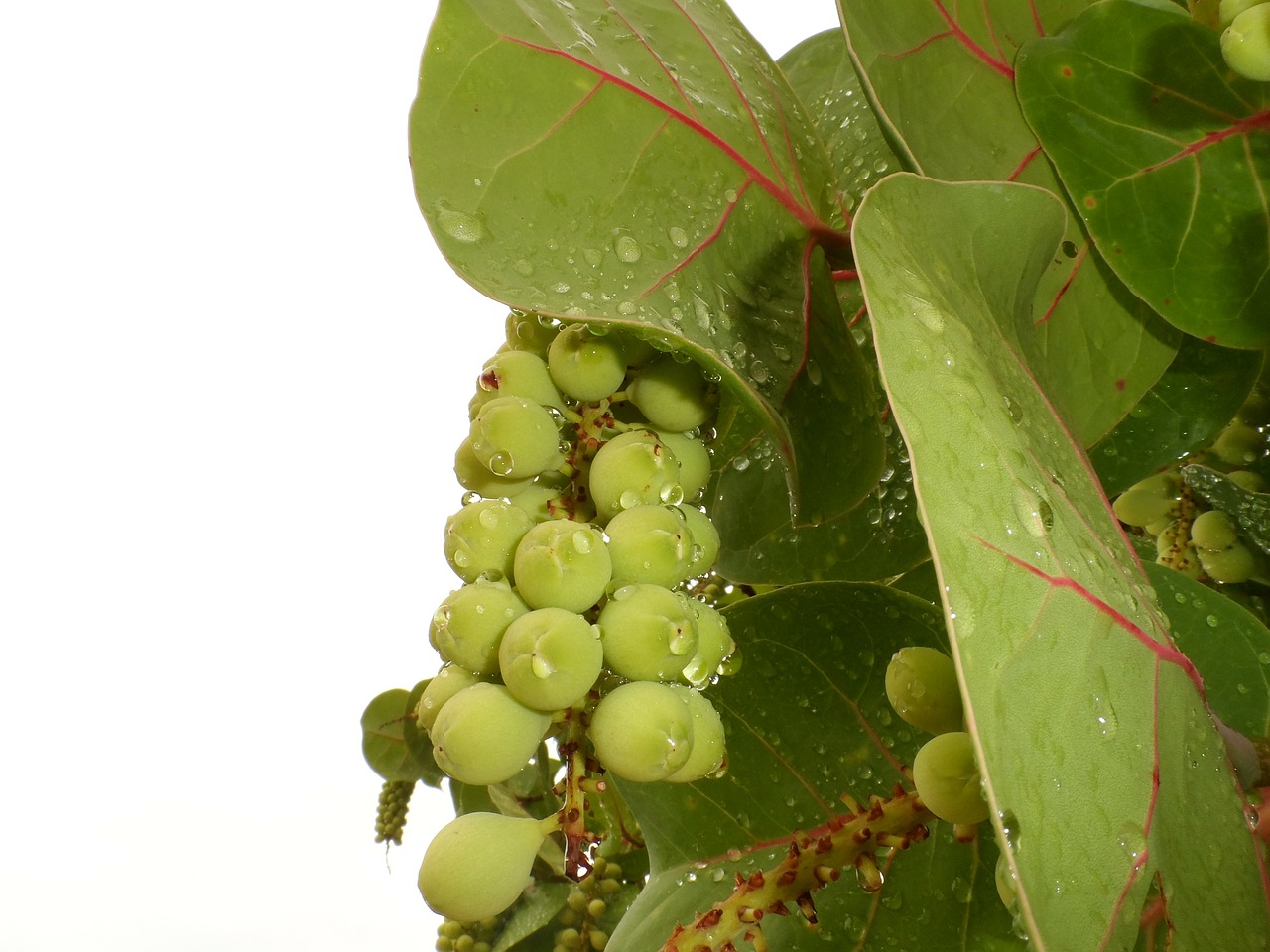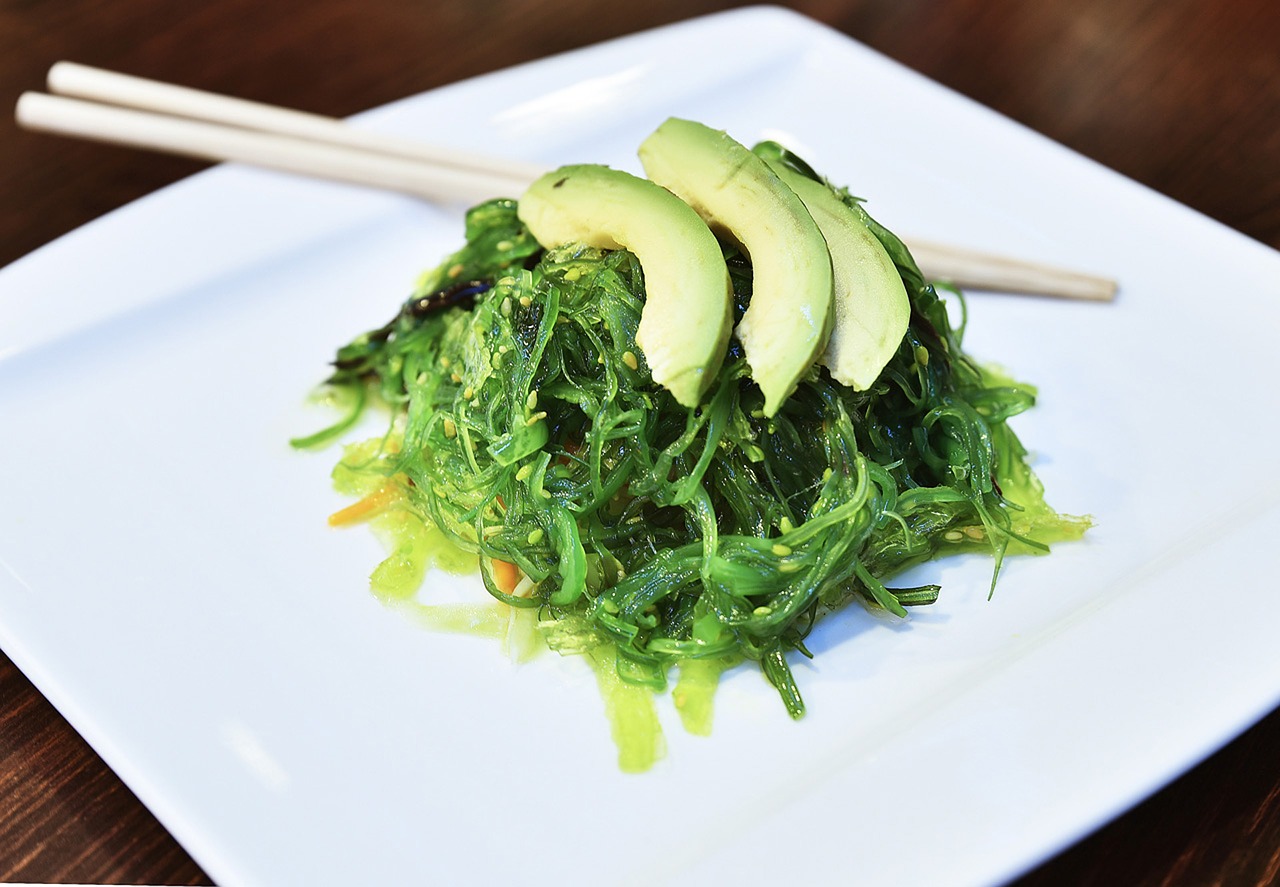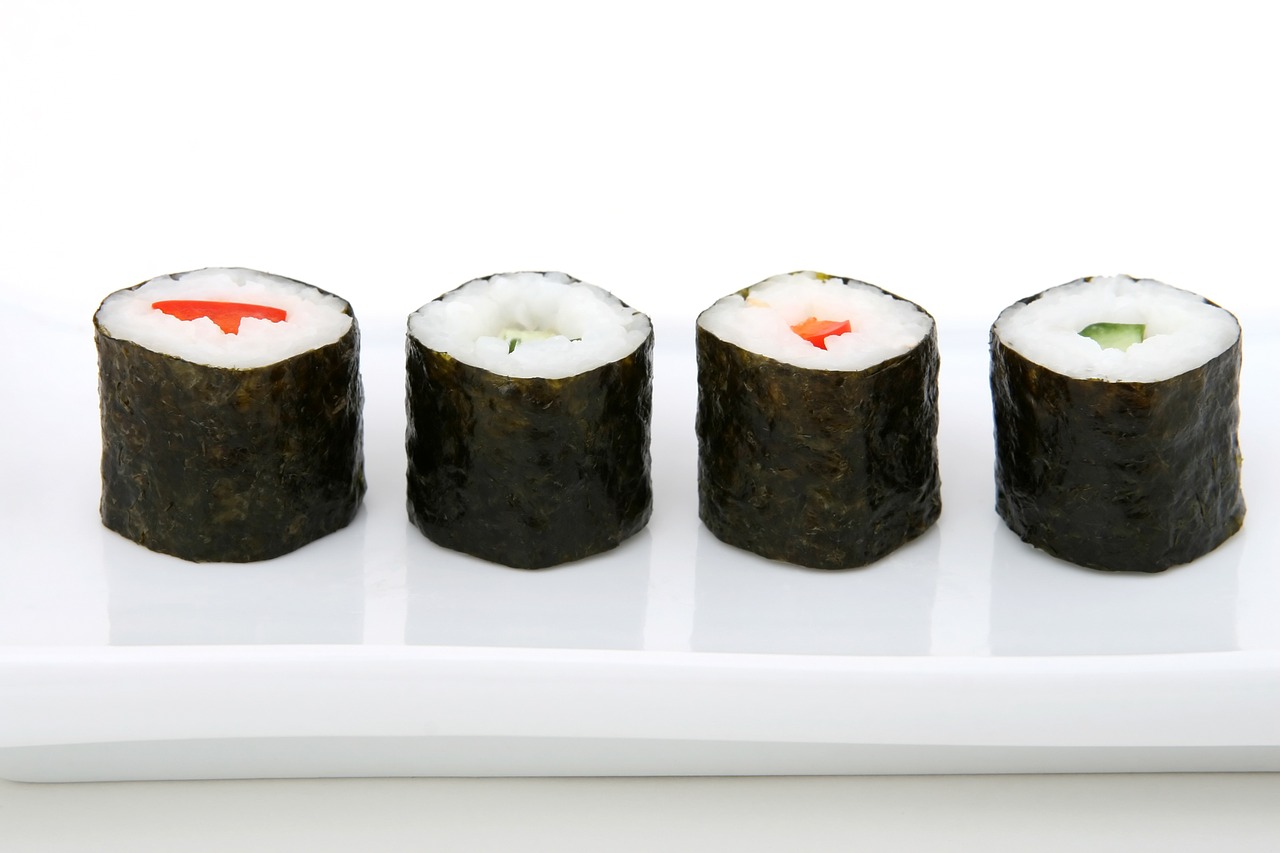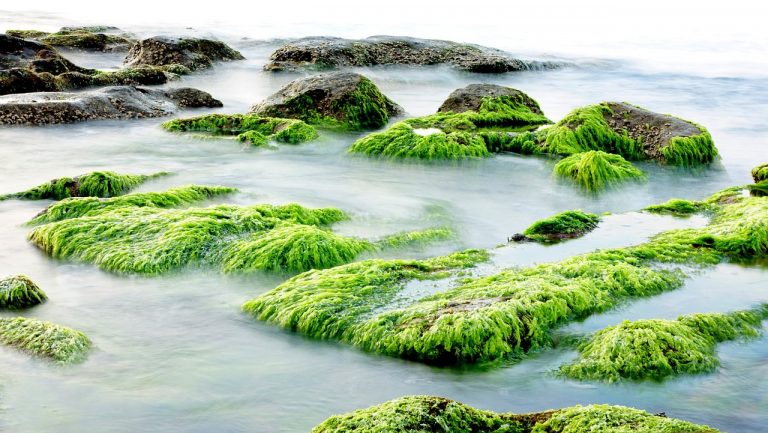For a few years now, people are looking for alternative nutrition due to the increasing demand of meat substitutes and organically produced foods. A growing product is seaweed! What is seaweed, why is it gaining popularity and how healthy is it?
What is seaweed?
Seaweed, that weird looking, soggy plant which you try not to get wrapped around your ankles while swimming in the ocean. For centuries seaweed has been consumed in Asia and since a few years it is gaining popularity in the western world, probably due to the rising popularity of sushi.But what is it exactly? Seaweed is a very big term and can be classified into three different species, red algae, green algae and brown algae. Each alga is different depending on its location and temperature of the water it’s in.
- Red algae are the oldest species and contains over 7000 species!
- Green algae are also a very large group with around 7000 to 8000 species.
- Brown algae are a relatively smaller group with up to 2000 species.
Now, I am not going to explain each and every species, because I would like to still be alive when this blog is posted [we still need him - editorial postscript]. I just wanted to show you how large the concept of Seaweed is, but today, we will be focussing on just edible seaweeds.
Seaweed, as you now know, comes in various species, which means they can have many different effects. Some seaweeds are actually dangerous and could poison you or even worse are lethal such as Lyngbya. Other seaweeds irritate your digestive system and again others can do the opposite by having a laxative effect. Seaweeds are also used for medical and herbal treatments and with this being said, how would you ever know which are good to eat and which might kill you!?
In Japanese, each edible seaweed has his own name. Therefore, using the word ‘seaweed’ in Japanese often refers to the scientific and medical use of it.
List of food made of seaweed
- Sea Grapes

Sea grapes, also known as Green Caviar or Caulerpa Lentillifera, are mostly eaten and farmed in Indonesia, Malaysia, Philippines, Vietnam and Japan. Usually it is eaten raw with vinegar as a snack or in a salad
Sea grapes are known for its soft and tender texture, and besides other nutrients, it is rich in iodine, protein, calcium and polyunsaturated fatty acids.
Therefore, sea grapes can have an anti-inflammatory effect. Furthermore, it helps to decrease the cholesterol level, counterbalance blood pressure and reduces blood sugar levels.
- Wakame

Wakame is known in English as Sea Mustard, it has a distinctive subtle sweet taste, which is commonly served in soups and salads.
Wakame is rich in many different nutrients such as sodium, calcium, iodine, and eicosapentaenoic acid which is an omeg-3 fatty acid. Interesting to know is that studies from Hokkaido University has found that some parts of Wakame can even help burning fat! The compound fucoxanthin which can be found in Wakame supports the protein UCP1 which helps burning fat around the internal organs.
- Nori

Nori is one of the most famous seaweeds, it is used for sushi rolls, onigiri and more. It originates form the red algae Pyropia. Usually, Nori is used in the form of dried sheets. The process of making nori sheets can be resembled with papermaking.
Nori, before dried, is roughly 85% water, 6% protein and 5% carbs. Furthermore, it is rich in Vitamin C, iron, zinc and iodine. On top of that, just 100 grams of nori contains 3233% of your daily needed intake of Vitamin B12!
- Kombu
Kombu is made of kelp and can be eating in various ways such as dried, pickled or even fresh as in sashimi.
Kombu is a great source for dietary fibers, but a more interesting fact about Kombu is that it contains such extreme high levels of iodine, it may cause an overdose. In normal portions, iodine is an important mineral for growth and development. So, don’t go crazy on the kombu when you eat it! And watch out for soy milk, sometimes kombu has been added.
Finally, if you cannot find any seaweed, or just don’t like sushi but you do want the effects of for example wakame to burn more fat, especially around internal organs, you should check out Fit Max Fat Burning Performance Powder! It contains the previously mentioned fucoxanthin to stimulate the fat burning process. https://www.mz-store.com/fat-burners/performax-fitmax-225g
Has this blog made you run to your nearest sushi place? Let us know what you love about seaweed, and if you have any topics you would like to see on the blog, comment them below!
Written by Sven Nicholson, Healthy Changes PT
Sources used:
https://en.wikipedia.org/wiki/Edible_seaweed
https://www.shape.com.sg/food/green-caviar-latest-superfood-try/






